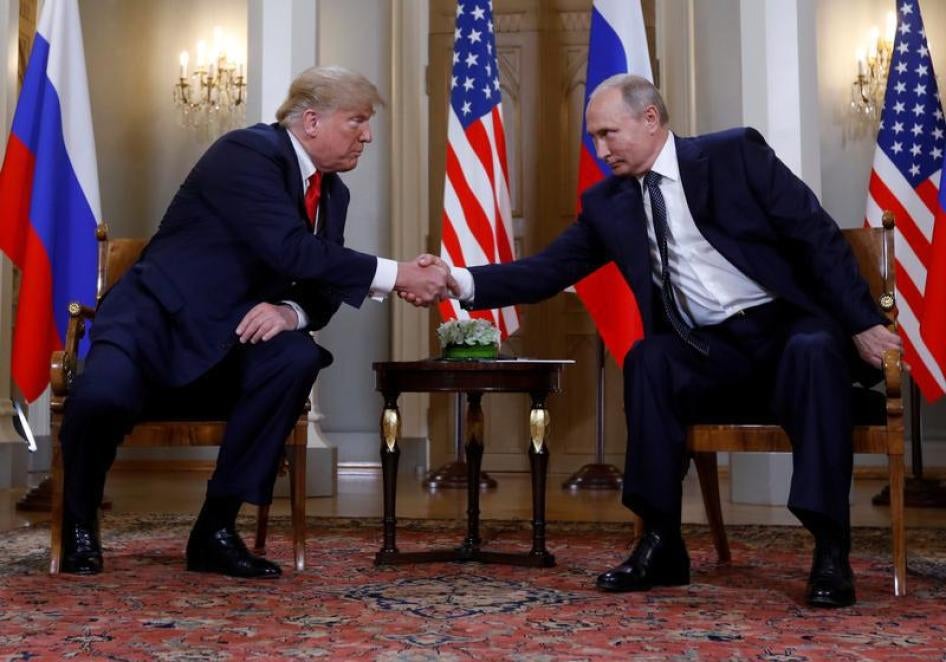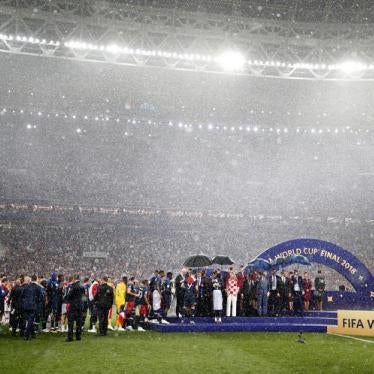When Donald Trump and Vladimir Putin meet in Helsinki July 16, will they betray the most famous summit associated with the Finnish capital – the 1975 meeting among the Western and Soviet-bloc leaders that gave us the Helsinki Accords? That question is not likely to preoccupy either leader, but their approach to the summit could be as significant as the Helsinki Accords were in shaping Europe’s future.
The Helsinki Final Act – the formal name of the accords – was an agreement signed by 35 nations, including the nations of Europe, the Soviet Union, Canada and the United States. Their most notable provisions effectively affirmed the 1945 Yalta conference among Franklin Roosevelt, Josef Stalin and Winston Churchill that accepted the post-World War Two division of Europe, with the Soviet Union dominant in Eastern Europe. Because of that affirmation, the Kremlin was widely seen to have gotten the better of the Helsinki deal, and published the entire text in Pravda, the official Communist Party newspaper.
However, the Helsinki Accords also committed the signatories to respect “human rights and fundamental freedoms” – a major step for the Soviet bloc. A section of the accords confirming “the right of the individual to know and act upon his rights” spawned a series of Helsinki monitoring groups in Moscow, Warsaw and Prague. Their members were all promptly imprisoned; Helsinki Watch, the precursor to Human Rights Watch, was formed in an effort to defend these embattled activists. But this recognition that sovereign nations had a duty to respect the rights of their people gradually gave rise to a movement that contributed to the demise of the Soviet Union and its Eastern Bloc, the very empire that the Helsinki Accords ostensibly recognized.
Read more here.










